Walking Safaris
Experience Tanzania on Foot
Step out of the safari vehicle and into the heart of the Tanzanian wilderness. A walking safari offers a truly immersive and intimate encounter with nature, engaging all your senses in a way a traditional game drive cannot. Feel the earth beneath your feet, listen to the rustle of the grass, smell the wild herbs, and see the intricate details of the ecosystem often missed from a distance. This guide is your key to understanding the magic of a walking safari in Tanzania's most pristine national parks.
What is a Walking Safari?
A walking safari is a guided trek through a national park or game reserve, providing a unique perspective on the African bush. Unlike a game drive focused on spotting big animals, a walk is about the entire ecosystem. It's an educational and thrilling experience where an armed, qualified guide and a park ranger lead you to discover everything from animal tracks and dung to the smallest insects and plants, all while maintaining a safe and respectful distance from large predators.
Top Tanzania National Parks for Walking Safaris
- Tarangire National Park: Known for its majestic baobab trees and large herds of elephants, Tarangire offers excellent walking opportunities, particularly along the riverbanks. The focus here is on understanding the delicate balance between the elephants and their environment.
- Arusha National Park: A perfect walking destination for those seeking a mix of landscapes. Walk through lush forests, past tranquil lakes, and across the lower slopes of Mount Meru, with the chance to see a variety of primates and birds.
- Ruaha National Park: As Tanzania's largest national park, Ruaha provides a wild and authentic walking experience. Its remote location means fewer crowds, and the dramatic landscapes, combined with a high density of predators, make for an unforgettable adventure.
- Serengeti National Park: While not permitted everywhere, walking safaris are offered in specific areas of the Serengeti, providing an incredible opportunity to get up close to the legendary plains and witness the Great Migration on foot.
- Nyerere National Park (formerly Selous Game Reserve): This is one of the best places in Africa for a walking safari. Its diverse habitats, including the vast Rufiji River, offer a chance to spot wild dogs, hippos, and a wide variety of birds.
Where can I do Walking Safaris?
-
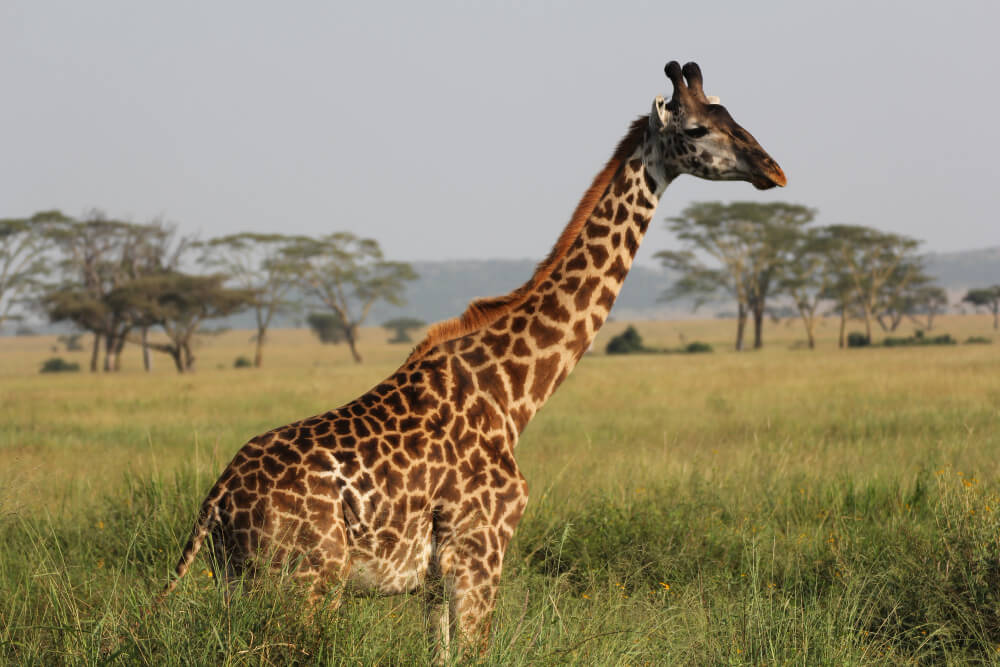
Arusha National Park
Tucked away in the shadow of Mount Meru, Arusha National Park is a captivating destination often ove...
-
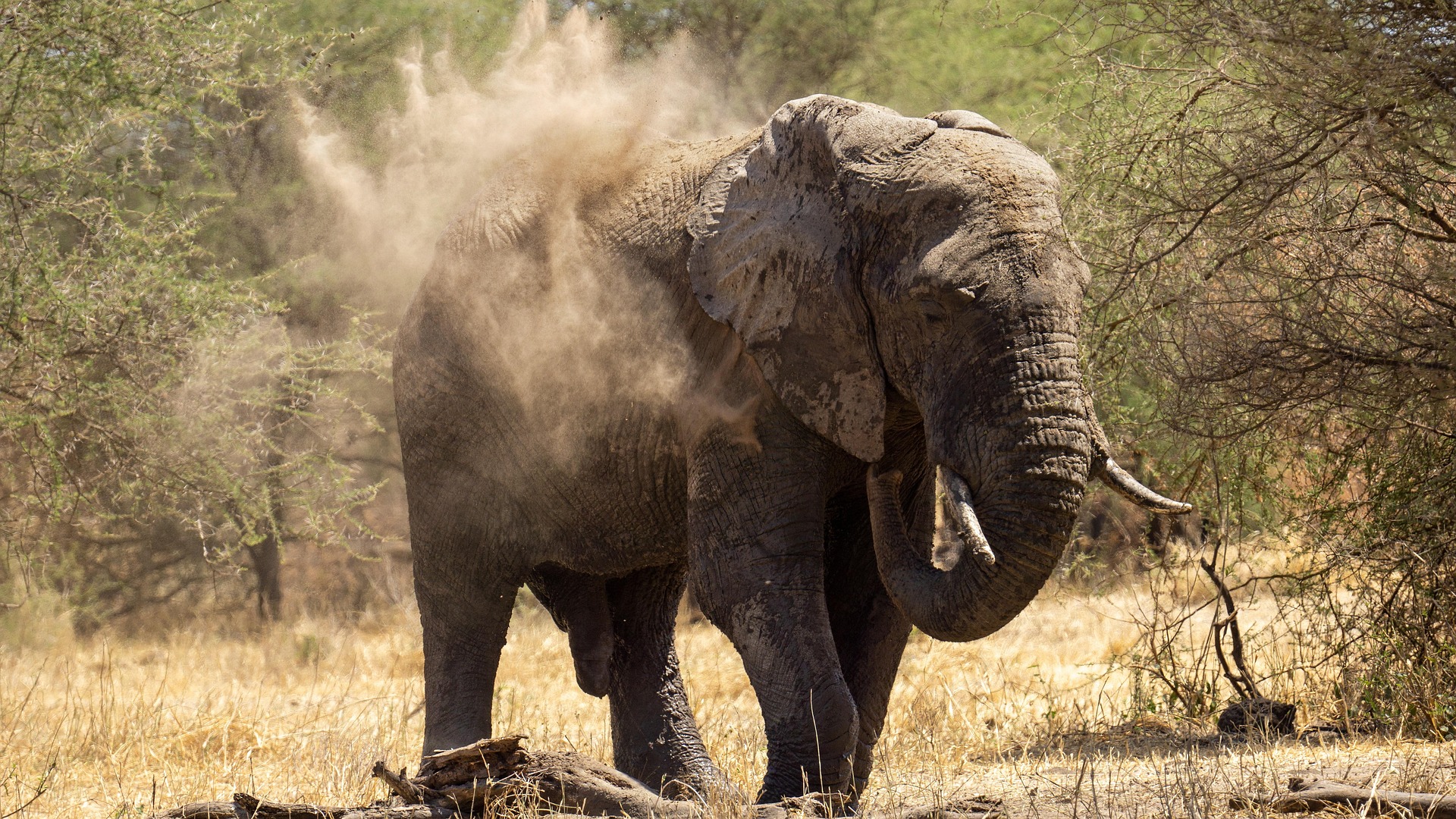
Tarangire National Park
Tarangire National Park is a jewel in Tanzania's northern safari circuit, renowned for its spectacul...
-
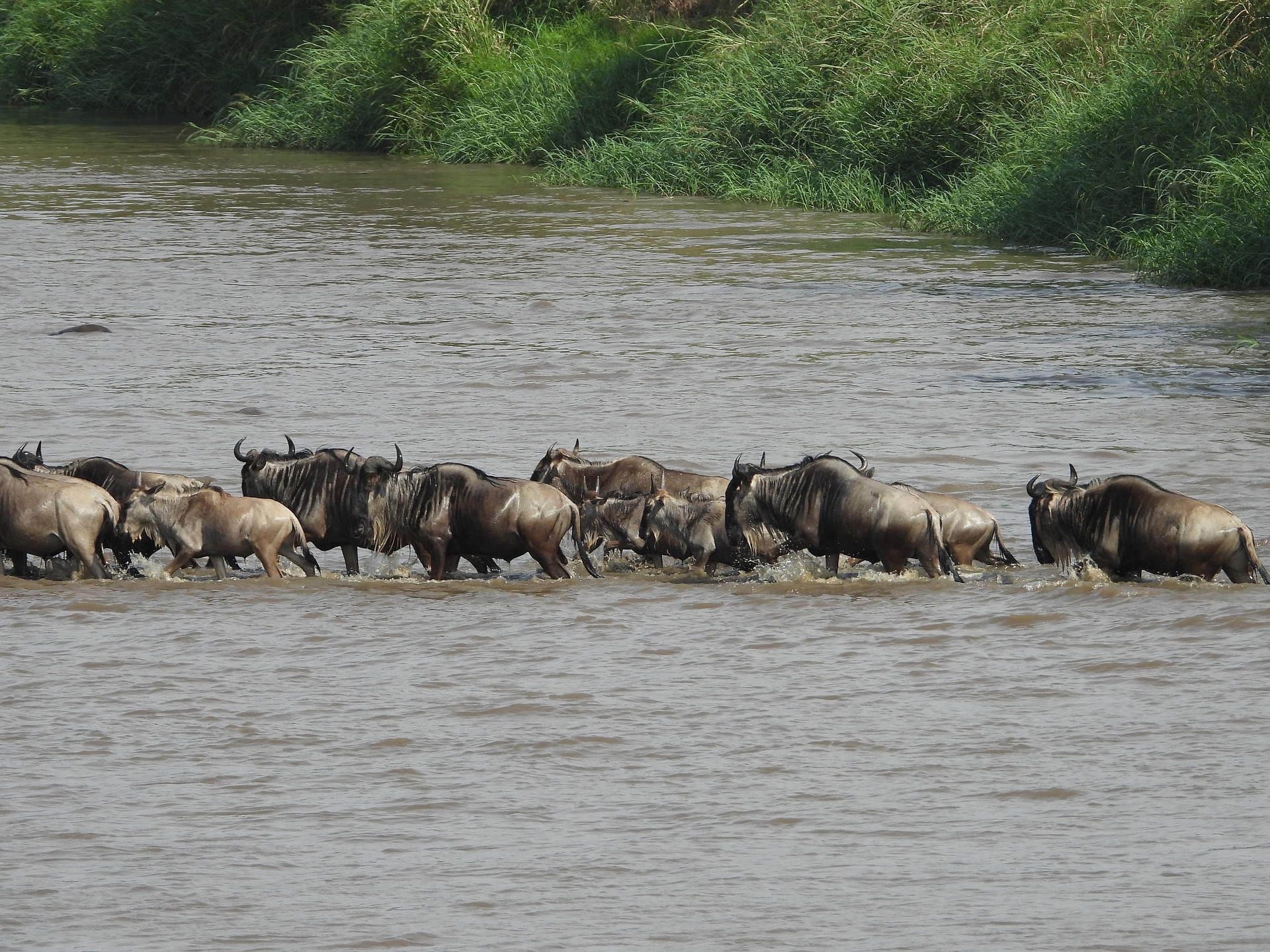
Serengeti National Park
The Serengeti is a vast natural wonder in northern Tanzania, stretching as far as the eye can see. I...
Frequently Asked Questions about Walking Safaris
What is a walking safari?
A walking safari is an immersive wildlife experience where you explore the African bush on foot, accompanied by an experienced guide and often a park ranger. Unlike traditional game drives, walking safaris allow you to engage all your senses, observe animal tracks and signs, and gain a deeper understanding of the ecosystem while moving quietly through the wilderness.
Is a walking safari safe?
Yes. Safety is a top priority on all walking safaris. Walks are always led by qualified armed guides and, in some parks, accompanied by a ranger. Guests are briefed on bush safety, instructed on how to behave near wildlife, and guided at all times to ensure an exciting yet secure adventure.
How physically demanding is a walking safari?
Walking safaris are suitable for a wide range of fitness levels. They typically involve gentle to moderate-paced walks, though some itineraries may include longer treks over rough terrain. Serengeti Steppe tailors each safari to the guest’s fitness and experience, ensuring the walk is both enjoyable and safe.
Can walking safaris be combined with game drives?
Absolutely. Many visitors combine walking safaris with traditional vehicle game drives. This approach allows you to enjoy the intimate, detailed experience of walking on foot while also covering larger areas for spotting big game and following the herds, giving you the best of both worlds.
When is the best time for a walking safari in Tanzania?
The dry season, typically from June to October, is ideal for walking safaris because animals are easier to spot near water sources, and the trails are less muddy. However, walking safaris can also be rewarding in the wet season, as the landscape is lush, birds are abundant, and calves are often present on the plains.
What should I wear and bring on a walking safari?
Comfortable, neutral-colored clothing that blends with the environment is recommended, along with sturdy, closed-toe shoes for walking over uneven terrain. A wide-brimmed hat, sunscreen, insect repellent, and a refillable water bottle are also essential. Binoculars and a camera are optional but highly recommended for observing wildlife and capturing memories.
Walking Safaris Inclusive Packages (6)
-
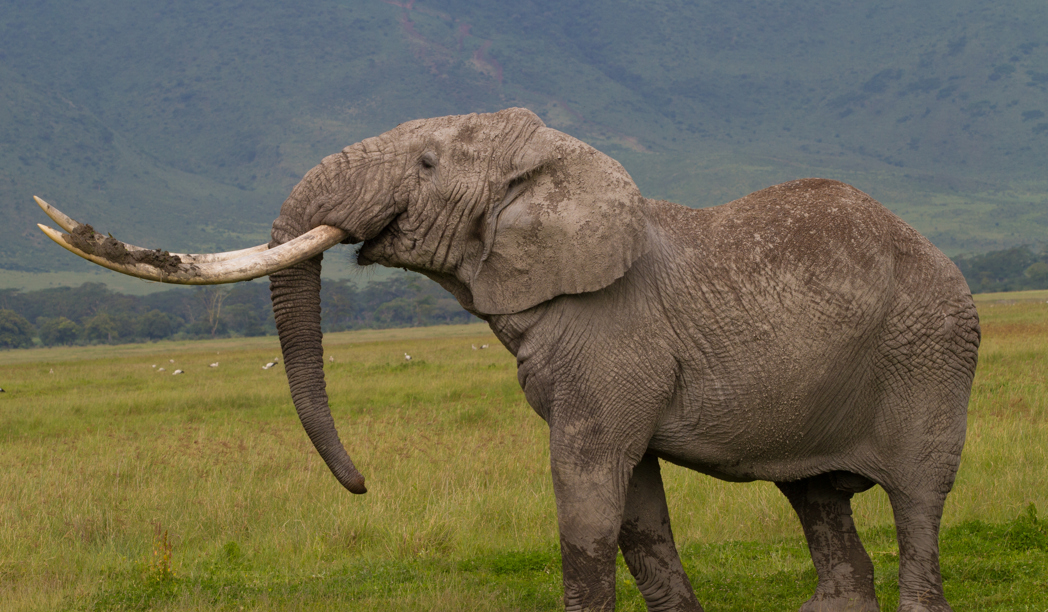
5 Days - Tanzania Safari Adventure
From
$1,850 pp (USD)
Serengeti National Park, Lake Manyara National Park, Ngorongoro Conservation Area
Explore -
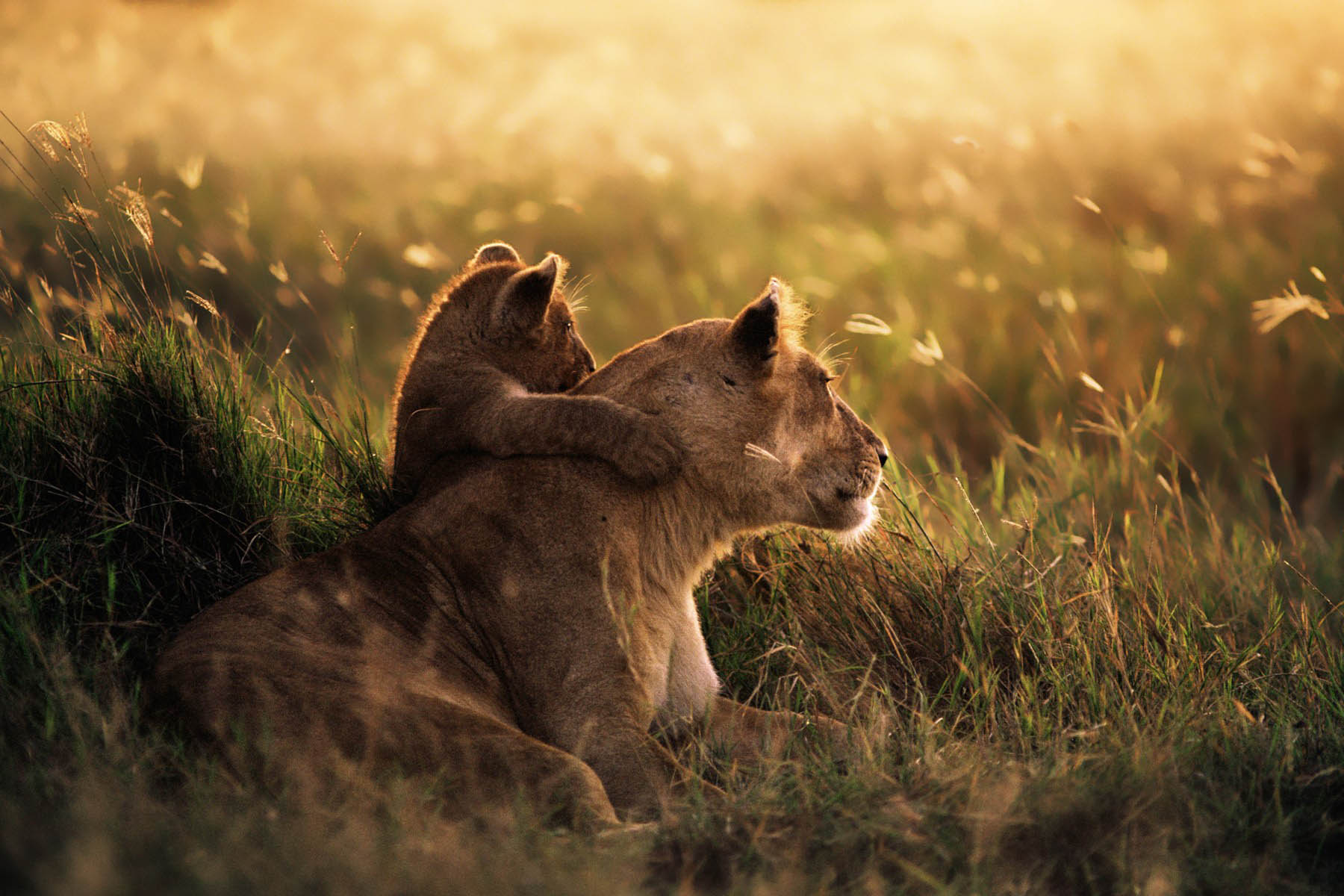
3 Days - Exclusive Midrange Fly-in Experience - Serengeti & Ngorongoro
From
$1,650 pp (USD)
Serengeti National Park, Ngorongoro Conservation Area
Explore -
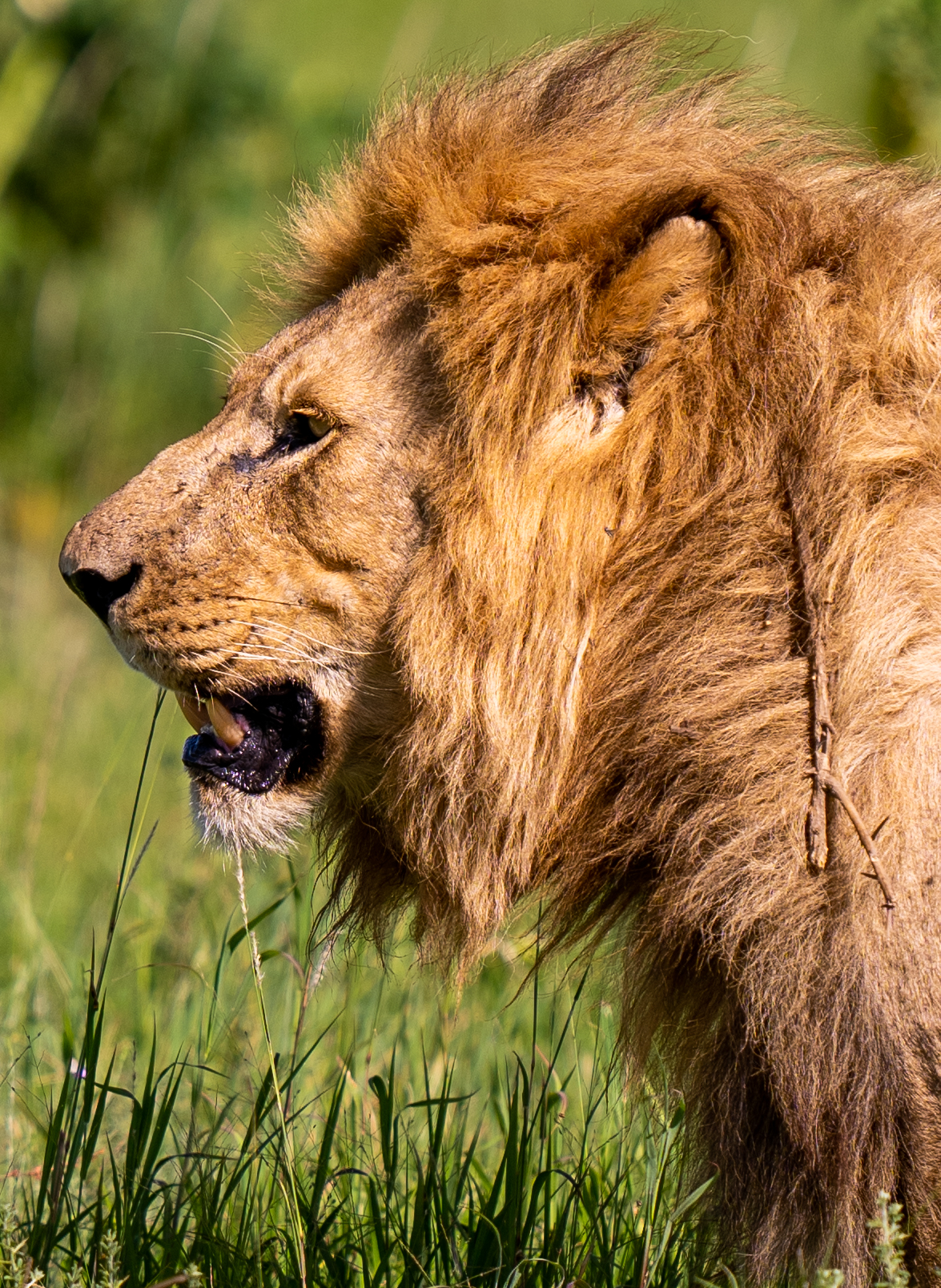
10 Days - Tanzania Safari & Zanzibar Beach Adventure – Mid-Range Tour
From
$3,050 pp (USD)
Tarangire National Park, Serengeti National Park, Ngorongoro Conservation Area, Zanzibar
Explore -
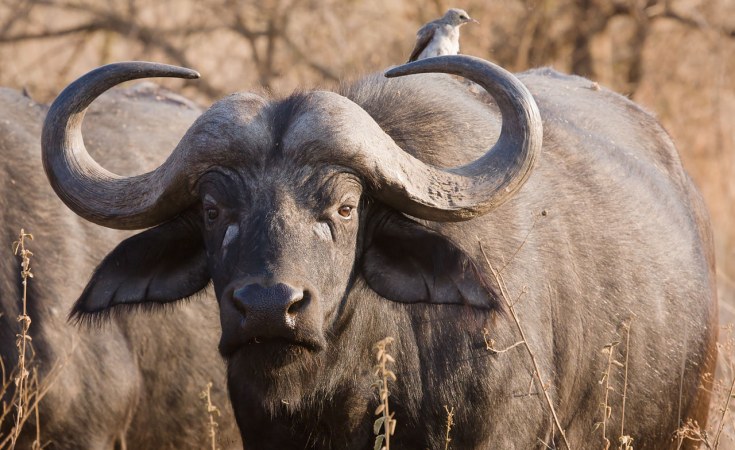
3 Days - Tanzania Big Five Safari – Tarangire, Ngorongoro & Lake Manyara
From
$975 pp (USD)
Tarangire National Park, Ngorongoro Conservation Area, Lake Manyara National Park
Explore -
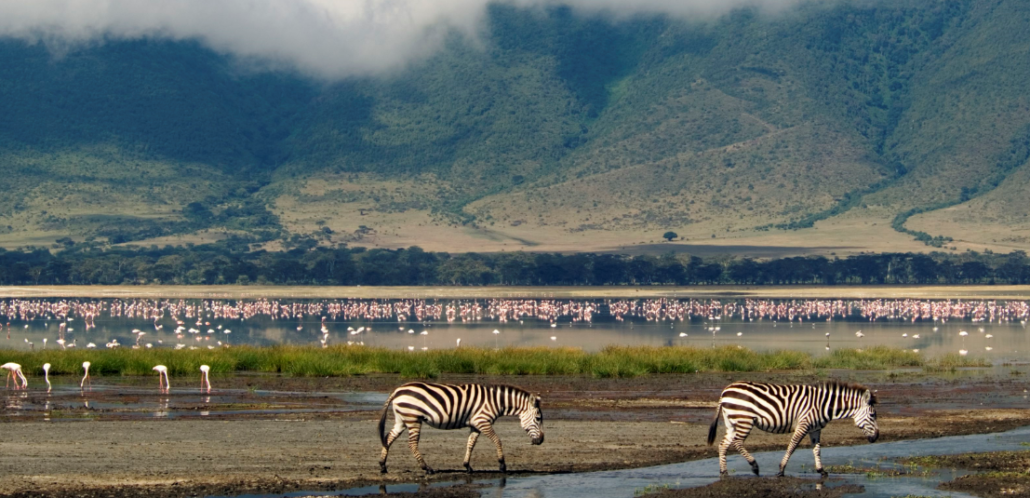
8 Days - Beach Bliss and Safari Adventure
From
$4,540 pp (USD)
Tarangire National Park, Serengeti National Park, Ngorongoro Conservation Area, Zanzibar
Explore -
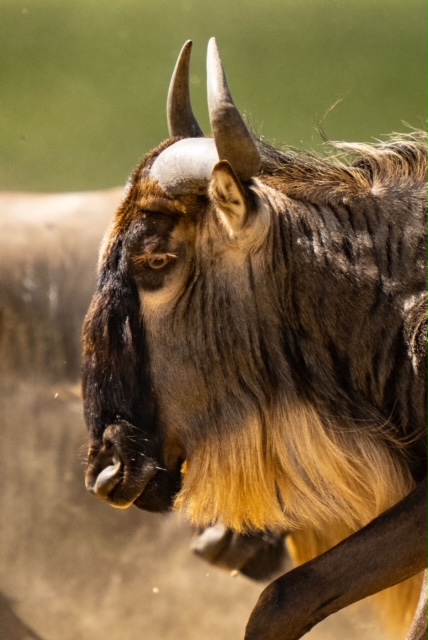
7 Days - Tanzania Migration Safari with River Crossings
From
$5,700 pp (USD)
Serengeti National Park, Ngorongoro Conservation Area, Tarangire National Park
Explore